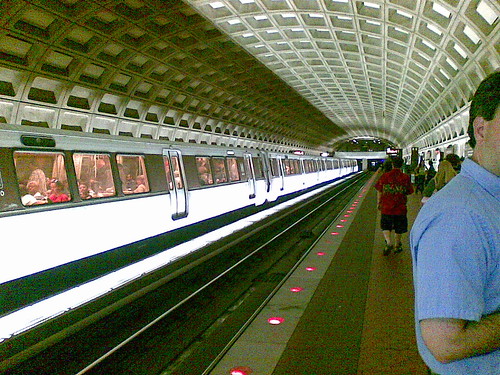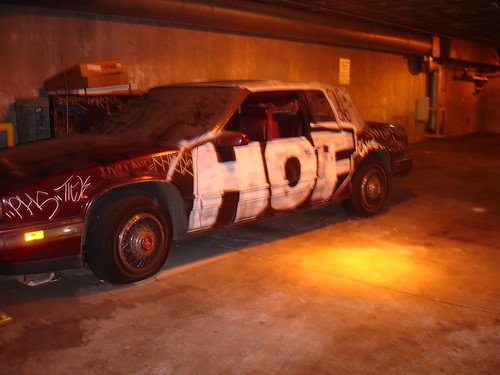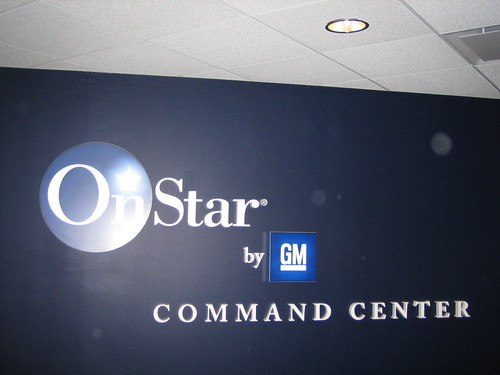Bernie’s Transportation Communications Newsletter – May 15, 2009
Friday, May 15, 2009 – ISSN 1529-1057
TIC from GEWI means Proven Interoperability
Whether you need to share, view, collect, aggregate, or distribute data between agencies, offices, control centers, districts, counties, states, or even countries, TIC can be configured to your interoperability requirements using this highly flexible commercial off-the-shelf solution (COTS). TIC has a 12 year track record and is proven worldwide, such as by the European Road Information Center (ERIC) which provides 100% live data interoperability between 22 countries in seven different languages. TIC is already operating in over 100 projects worldwide and can be deployed faster, more affordably, and with less risk than build-your-own solutions. Why reinvent the wheel?
To download a brochure and leaflets, please visit www.gewi.com To discuss your requirements, please contact jim.oneill@gewi.com or visit the GEWI booth at ITS America booth #329.
AVIATION
1) Buffalo Plane Crash Hearings Consider Better Alert Systems
Link to story and video on NY1 News:
2) Future of Military Aviation Lies with Drones – US Admiral
Link to AFP story:
http://money.cnn.com/news/newsfeeds/articles/djf500/200905142002DOWJONESDJONLINE000783_FORTUNE5.htm
BICYCLES
3) Oregon DOT Deflates I-5 Bridge Bicycle Safety Proposal
City wanted signs to direct cyclists, but ODOT contends the signs don’t conform with federal or state design standards.
Link to story in The Oregonian:
http://www.oregonlive.com/news/oregonian/index.ssf?/base/news/124226612984470.xml&coll=7
CAMERAS
4) Close to Two-Thirds of Photos Taken by Arizona Speed Cameras Tossed
Link to story in The Arizona Republic:
http://www.azcentral.com/news/articles/2009/05/15/20090515dpsdata0515.html
OTHER
5) Digital Hubs
Three new research centers will focus on promoting digital technologies, including those for transport, to people who have difficulty accessing them.
Link to story in The Engineer:
http://www.theengineer.co.uk/Articles/311144/Digital+hubs.htm
ROADWAYS
6) Arizona DOT Defends Replacing Metric Signs Along I-19
Link to story in the Nogales International:
http://www.nogalesinternational.com/articles/2009/05/15/news/doc4a0d9bc923609515374875.txt
7) Wi-Fi Hits the Highway
Link to story in The Christian Science Monitor:
http://features.csmonitor.com/innovation/2009/05/15/wi-fi-hits-the-highway/
TRANSIT
8) Metro Cell Phone Service Plan Faces Gaps
Link to story in The Examiner:
http://www.washingtonexaminer.com/local/Metro-cell-phone-service-plan-faces-gaps_05_15-45053147.html
9) RTA Hopes Riders Go Along with Goroo
Web site allows Chicago-area riders to customize itineraries for travel in the region.
Link to column in the Chicago Tribune:
http://www.chicagotribune.com/business/autocorner/chi-getting-around_15may15,0,7778485.column
Link to Goroo: http://www.goroo.com/
VEHICLES
10) Tennessee Attorney General: Church License Plate Likely Illegal
Plate would be first for a specific faith.
Link to story in The Tennessean:
News Releases
1) Despite Automotive Slump, by 2010 12% of New Cars Will Ship with Embedded Telematics
Job Postings
– Supervisory General Engineer – Research and Innovative Technology Administration – Cambridge, Massachusetts
http://jobsearch.usajobs.gov/getjob.asp?JobId=81001026&AVSDM=5%2F15%2F2009+3%3A10%3A19+PM
Upcoming Events
Minneapolis I-35 Bridge Collapse – A Major Emergency Incident: TSAG Case Studies Workshop & Webinar – June 3
http://www.pcb.its.dot.gov/t3/s090603_tsagi35.asp
Friday Bonus
When is a bus stop not just a bus stop?
http://www.toxel.com/inspiration/2009/05/01/15-unusual-and-creative-bus-stops/
Today in Transportation History
1959 **50th anniversary** – The Titan 1 B-4 rocket exploded during static testing.
http://www.friends-partners.org/partners/mwade/lvs/titan1.htm
=============================================================================================
The Transportation Communications Newsletter is published electronically Monday through Friday.
To subscribe send an e-mail to: TCNL-subscribe@googlegroups.com
To unsubscribe send an e-mail to: TCNL-unsubscribe@googlegroups.com
TCN archives: http://groups.yahoo.com/group/transport-communications
Questions, comments about the TCN? Please write the editor, Bernie Wagenblast at i95berniew@aol.com.
© 2009 Bernie Wagenblast









